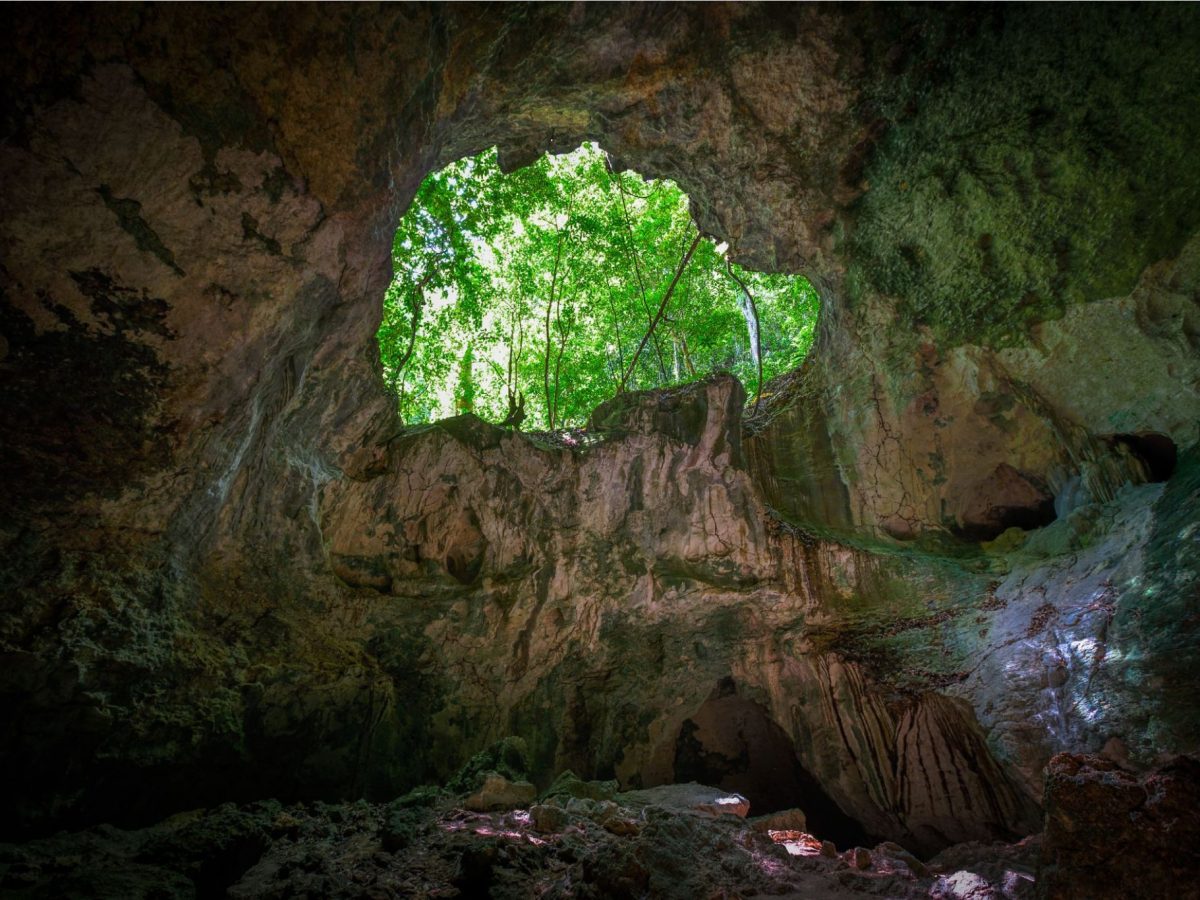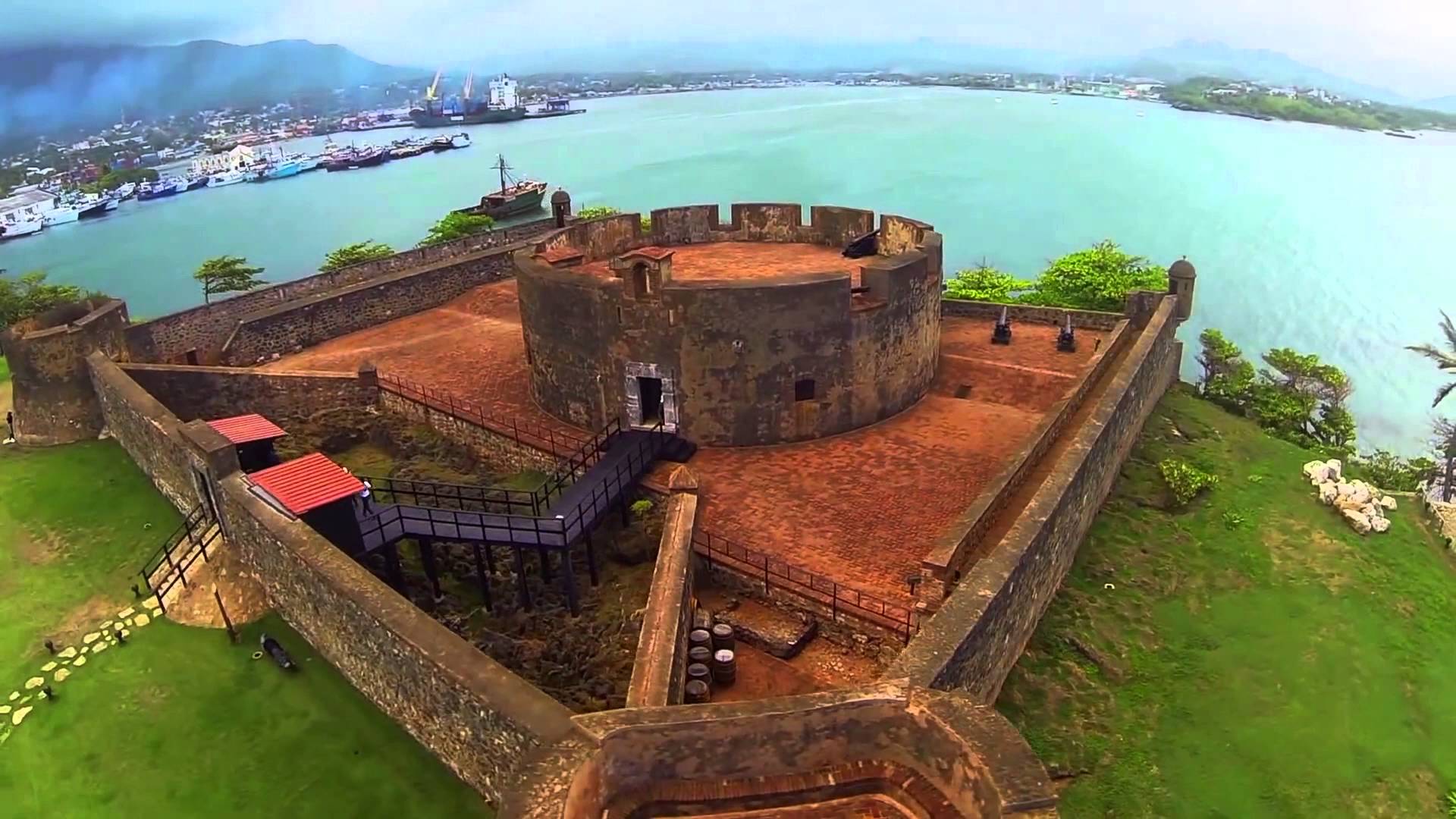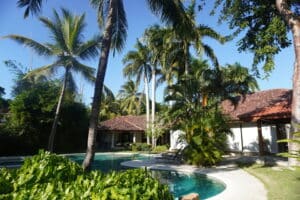Explore 10 Incredible Historical Sites in the Dominican Republic
Are you looking for a unique and exciting travel destination? Look no further than the Dominican Republic. Rich with culture, history, and breathtaking scenery, the Dominican Republic is one of the most beautiful places to visit in the Caribbean. In this blog post, we will explore 10 incredible historical sites in the Dominican Republic that are sure to create an unforgettable experience. Get ready to explore ancient ruins, colonial architecture, and more!
The Colonial City of Santo Domingo
The Colonial City of Santo Domingo is the oldest continuously inhabited city in the Americas. It was founded by the Spanish in 1492 and became the capital of the Dominican Republic. The city is filled with historical landmarks, including the Plaza de la Constitución and the Cathedral of Santo Domingo. The colonial city is a UNESCO World Heritage Site.

The Caves of Los Haitises National Park
The Caves of Los Haitises National Park is one of the most famous and popular tourist destinations in the Dominican Republic. The caves are home to beautiful stalactites and stalagmites, as well as many other formations that make for an interesting visit. The park is also home to a variety of wildlife, including jaguars, deer, monkeys, and caimans.

The Ruins of La Isabela
The Fortress of San Felipe de Puerto Plata is one of the most iconic and historic sites in the Dominican Republic. The fortress was built by Christopher Columbus in 1502 as part of his first expedition to America. Today, it is a UNESCO World Heritage Site and remains an important military base for the country.
The Caves of Los Haitises National Park are some of the deepest caves in the world and offer extensive tours into their dark recesses. The park is also home to a variety of animal species, including jaguars, tapirs, and caimans.
The Ruins of La Isabela are a fascinating ensemble of ruined Spanish colonial buildings dating back to 1511. The site is located just outside Santo Domingo and makes for a great day trip out from the city.
The Ruins of San Francisco de Macorís are one of the most iconic historical sites in all of Hispaniola and make for an incredible sightseeing experience. The site was once the capital city of Hispaniola and remains one of the best-preserved colonial cities in Latin America today.
El Morro de Montecristi National Park offers visitors stunning views over Santo Domingo City from atop its dramatic 12th-century citadel rock. The park also features expansive botanical gardens, a nature center, lakeshore trails, and much more!
Altos de Chavón: A 16th Century Mediterranean Village is another great option for those looking to explore history on location firsthand. Located high up in the Sierra Maestra mountains near Santiago de los Caballeros, Altos de Chavón features restored 16th-century homes complete with cobblestone streets, arches & Moorish Revival facades typical of this period in Caribbean architecture
The Fortress of San Felipe de Puerto Plata
The Fortress of San Felipe de Puerto Plata is located on a raised bluff overlooking the Caribbean Sea, just north of the modern town of Puerto Plata. Built-in 1522 by Spanish explorer Juan Ponce de León and his son Diego, the fortress served as both a military fortification and a secure port for the colony. Today, it is one of Dominica’s most popular tourist destinations, offering stunning views and plenty of opportunities to explore its historic walls and buildings.

The Ruins of San Francisco de Macorís
Discover the Colonial History of San Francisco de Macorís
The Ruins of San Francisco de Macorís
Few places in the world offer a view as superb as that from atop the ruins of San Francisco de Macorís. From this high vantage point, one can look out over the Palacio Real, the Cathedral, and many other historic sites that make up one of the most picturesque neighborhoods in all of Santo Domingo.
The story of how these impressive ruins came to be is extraordinary and instructive. In 1514, explorer Christopher Columbus landed on what is now known as Isla de la Juventud (Island of Youth). He was looking for a suitable place to land his ship after crossing the Atlantic Ocean – and he found it! After exploring what is now the Dominican Republic, Columbus decided to build a fort here on the islet.
The fort was named San Felipe de Puerto Plata (St. Philip of the Silver Coast), in honor of the Holy Father who had financed his voyage. Construction of the fort began in 1514 and continued for several years. It was finally completed in 1522.
The fort was important not only because of its strategic location but also because it served as a trading post and port. In addition to goods brought in by Columbus himself, San Felipe de Puerto Plata became a major center for the importation of slaves from Africa. Over the years, the fort became an important center of commerce and culture in the Caribbean region.
The ruins of San Francisco de Macorís are a beautiful testament to the history of the Dominican Republic and the Caribbean region as a whole. If you’re in the area, be sure to visit them!
Uncover the Remains of Historic Spanish Settlement
For centuries, the ruins of San Francisco de Macorís have been a haunting reminder of the power and splendor of colonial Spain. The city once served as the capital of the Dominican Republic and was home to important Spanish settlements and fortifications. Today, visitors can explore the remains of churches, municipal buildings, and other historical sites that tell the story of this powerful southern European empire.
Marvel at the Ancient Artifacts and Architecture
The Dominican Republic is a landlocked country located in the eastern Caribbean. It shares borders with Haiti, Cuba, and the Turks and Caicos Islands. The country is bordered by the Atlantic Ocean to the east, Haiti to the south and southeast, the Samaná Peninsula to the west and northwest, and the Puerto Plata Province of Venezuela to the northwest.
The Dominican Republic covers an area of 606 square kilometers (248 sq mi). The population as of 2010 was estimated at 9 million people. Spanish was originally spoken here; however, over time Dominicans switched over to Haitian Creole as their main language. Santo Domingo became known as La Ciudad Dorada (the Radiant City) because of its striking gold and silver architecture.
The Ruins of San Francisco de Macorís are located in the municipality of Barahona, in the southwest region of the Dominican Republic. The ruins date back to 1498 and served as a major colonial port city on Hispaniola. Today, only a few parts of the walls and some artifacts remain. Tours are available to see these remnants for a small fee.
The Dominican Republic is home to many historical sites spanning from pre-Columbian era settlements, Spanish Colonial era architecture, and nineteenth-century sugar refineries, through modern-day business districts and tourist destinations like Punta Cana resorts. These include La Vega Real de Santo Domingo (the Royal Monastery), El Castillo de San Felipe (the Fortress of Saint Philip), El Teatro Nacional (National Theater), and the Museo del Oro (Museum of Gold).
The Dominican Republic’s First Cathedral in La Vega
The Dominican Republic’s First Cathedral in La Vega
The first cathedral in the Dominican Republic was built in La Vega in 1492. The cathedral is known for its beautiful architecture and for being the burial place of Christopher Columbus.
El Morro de Montecristi National Park
The Monastery of San Francisco de Asís is a monastery in Higüey, the oldest and largest city in the Dominican Republic. The monastery was founded in 1493 by Christopher Columbus and his brother Bartholomew Columbus. The monastery is home to several important religious artifacts, including the original copy of the Bible that was brought to the Americas by Columbus.
Altos de Chavón: A 16th Century Mediterranean Village
The town of Altos de Chavón is located in the heart of the Dominican Republic’s La Romana province and was first settled by the Moors in 1492. At its peak, Altos de Chavon had a population of over 2,000 people and was known for its wine production and textile industry. Today, Altos de Chavon is a UNESCO World Heritage Site and is home to one of the country’s most picturesque villages.
Altos de Chavón features labyrinthine streets lined with centuries-old colonial homes that are festooned with elaborate tile roofs and wrought iron balconies. The village also contains several churches, including San Francisco el Grande (the largest church in Latin America), which was built between 1580-1584. In addition to its historical significance, Altos deChavon is popular among tourists for its tranquil atmosphere and beautiful landscape

The Monastery of San Francisco de Asís in Higüey
The Monastery of San Francisco de Asís in Higüey is one of the most renowned religious institutions in the Dominican Republic. Throughout its history, the monastery has been home to many influential monks and nuns, including acclaimed writers like Gabriel García Márquez and Isabel Allende. The monastic gardens are especially beautiful and well-maintained, with a variety of plants and trees reflecting both European and Caribbean influences.
The Dominican Republic is a country with a rich and fascinating history, and its many historical sites are a testament to this. From the Colonial City of Santo Domingo to the Monastery of San Francisco de Asís in Higüey, there are plenty of incredible places to explore and learn about the country’s past. Whether you’re looking for an adventure or just want to soak up some culture, these 10 historical sites are sure to provide an unforgettable experience.




Pingback: Explore Monuments in Puerto Plata: An Unforgettable Experience - dominicanmaps.com
Pingback: Experience Serene River Rest in the Dominican Republic with Paddleboarding - dominicanmaps.com